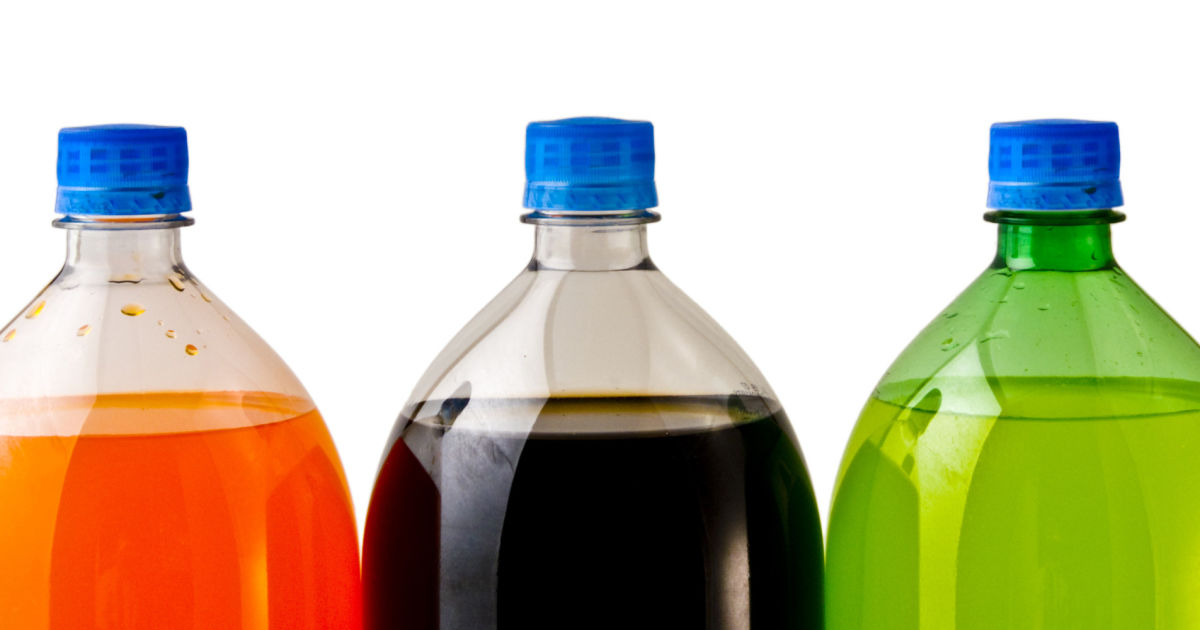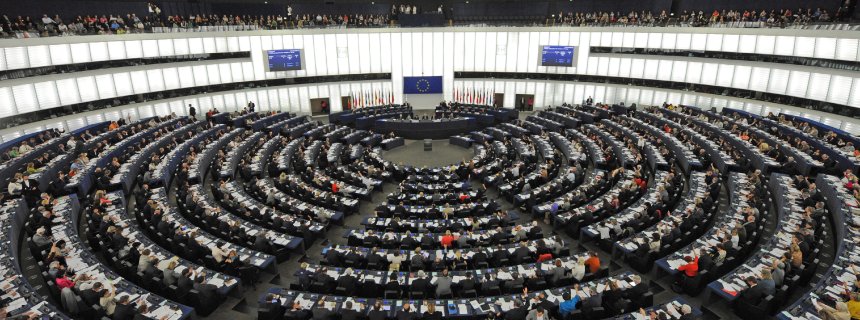FCM – the national/ supranational measures and industry self-regulation
The basic rule in EU food legislation specifies that only safe food shall be placed on the market (general food law has called as Regulation (EC) No 178/2002 of the European Parliament and of the Council, Article 14). Consequently, Article 3 of the FCM framework regulation (Regulation EC No 1935/2004) states that FCMs shall be manufactured under GMP so that they do not transfer their substances into food in concentrations that could endanger human health or bring about an unacceptable change in the composition or a deterioration in the organoleptic properties of the food. Official controls fall under the general regulation of official feed and food controls according to Regulation (EC) No 882/2004 of the European Parliament and of the Council.
Members of the European Parliament are seen during a voting session in the European Parliament in Strasbourg in France, 22 May 2012.
The regulation also gives the possibility for specific measures to be introduced at EU level, such as lists of authorised substances. Whilst MSs are responsible for the implementation and enforcement of EU and national legislation, the main players to ensure safety as regards FCMs are all businesses carrying out activities related to any stage of the manufacture, processing or distribution of FCMs. Further rules exist on labeling, traceability and the need for sanctions in the case of non-compliance.
At EU level, substances used in FCMs must be authorised where the substances are evaluated by EFSA as the risk assessor based on toxicological as well as exposure data. The risk management — authorisation and any other specific measures such as legal limits or special conditions of the use of substances or material — is then carried out by the European Commission. The materials must subsequently be demonstrated to be compliant with the rules by appropriate experimental or equivalent tests that form part of the documents supporting a declaration of compliance (DoC). It is the responsibility of the business operator to provide the DoC to the next actor in the chain. This implies the necessity for an effective dialogue between these actors to achieve compliance with the legislation. For plastic FCMs, like plastic filler, the European Commission has published a number of guidelines extract from Union Guidelines on Regulation (EU) No 10/2011, 2014 and Union Guidance on Regulation (EU) No 10/2011 as regards information in the supply chain in 2013 in order to help business operators to comply with this obligation.

As already noted, the absence of such specific measures at EU level does not prevent MSs from maintaining or adopting national provisions provided that they comply with the Treaty of the Functioning of the European Union. Rules or standards may also exist at the ‘supranational’ level, covering more than one country. In addition, industry codes of practice or guidance may exist, since all business operators have the responsibility to ensure FCMs are safe and comply with the other basic requirements at EU level.
The framework regulation also states that MSs shall carry out official controls in order to carry out enforcement in accordance with relevant provisions of Union law relating to official feed and food controls. Such controls fall under Regulation (EC) No 882/2004 on official feed and food controls (OFFC). The OFFC regulation establishes a hierarchy of methods used for sampling and analysis for official controls. A system involving a European Union reference laboratory (EURL) and national reference laboratories (NRLs) has been established under the OFFC to achieve uniformity in the application and the performance of laboratories in the official controls. This system became fully functional in 2006, and for FCMs the Joint Research Centre is acting as the EURL.
The objective of EuP’s serial articles was to compile existing available regulatory frameworks at a national level such as national legislation, recommendations, guidance documents or guidelines, scientific opinions or other reference documents or standards that are used in the EU and European Economic Area countries for managing chemical risks from FCMs. It included supranational documents such as from the Council of Europe (CoE) – The Council of Europe (French: Conseil de l’Europe), or CoE, founded in 1949, is a regional intergovernmental organisation of 47 countries. Unlike the European Union, the CoE cannot emit binding laws; or Norden which represents a Nordic cooperation scheme that involves Denmark, Finland, Iceland, Norway and Sweden, along with the Faroe Islands, Greenland and the Åland Islands. The Nordic Council of Ministers is its official intergovernmental body. It also included guidelines and reference documents produced by sectorial associations or industries, for example guidance related to registration of business operators, declarations of compliance, certification systems, provisions on GMP or risk assessment for the authorisation of substances.

